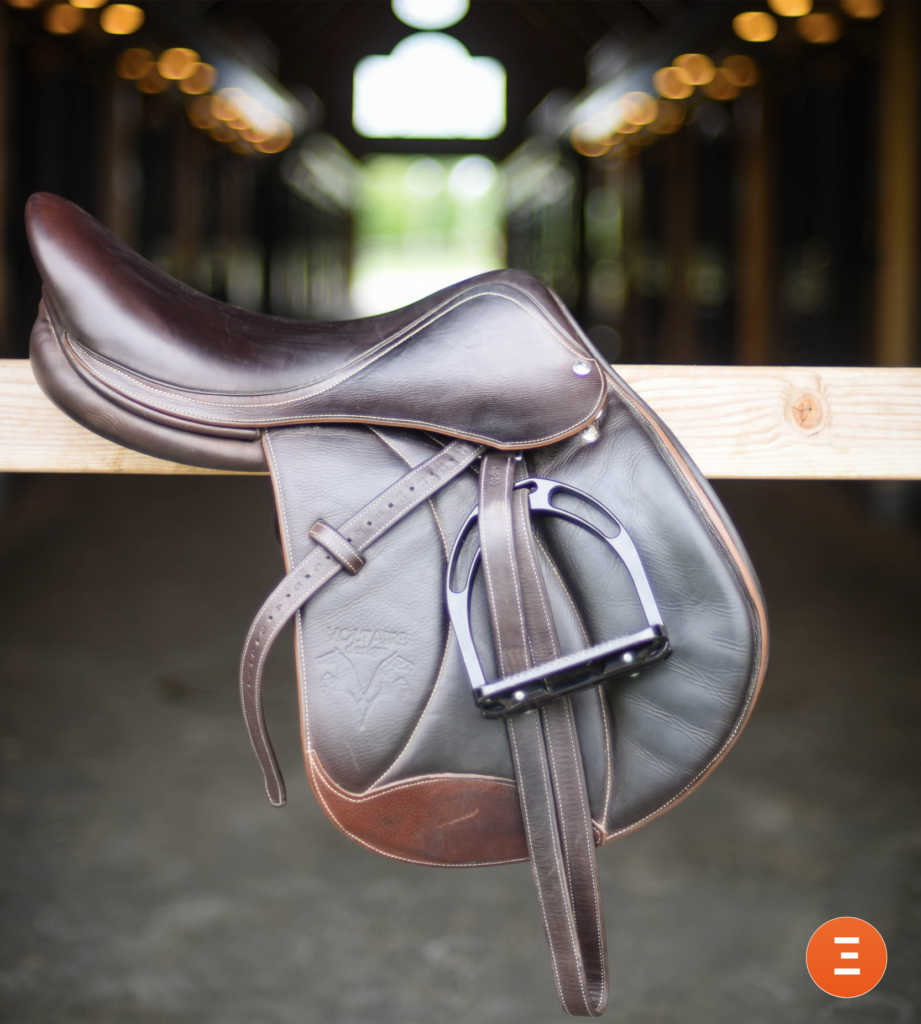
How to Know if Your Saddle is Well Fitting?
If we tell you that 90% of French riders have a saddle that does not fit their horses, do you believe us? And you, are you sure that your saddle is well fitting? See our advice on how to choose your saddle or check that it is well adapted to your horse.

Table des matières
The consequences of a badly placed and poorly fitting saddle
An poorly fitting or badly placed saddle has significant consequences on the health of your horse, but also on your ability to progress!
Indeed, some of the consequences include:
- An poorly fitting saddle causes pressure peaks in areas that are very sensitive for the horse
- withers, spine, shoulder blade
- This strongly affects the movement of the horse
- decrease of the symmetry, decrease of the cadence regularity
- The horse is pushed to hollow his back to relieve himself of the pressure
- An improperly fitted saddle can injure the horse
To learn more about the consequences of a badly fitted saddle, read our dedicated article :
⏩ What are the Consequences of a Poorly Fitting Saddle?
How to know if your saddle is correctly placed and adapted
Good placement

To know if your saddle is properly placed, you must be able to locate two important anatomical structures: the back of the scapula (shoulder blade) and the last rib. Your saddle must be placed between these two landmarks. Indeed, placed in front of the scapula, the movement of the shoulder is hindered and therefore the amplitude of the movement of the forelegs is impeded. Placed behind the last rib, the saddle is no longer on the thoracic vertebrae but on the lumbar vertebrae.

Good adjustment
Unfortunately, there’s no single rule to know whether your saddle fits your horse, but here are a few tips:
- the gullet has to be wide enough to not touch the thoracic vertebrae (three fingers is an absolute minimum)
- the saddle cannot touch the withers
- the saddle must be stable (it shouldn’t move side to side or up and down when the horse walks)
- the saddle shouldn’t extend past the last rib (it shouldn’t be too long)
- the panels should be symmetrical and lay evenly across the horse’s back
- the angle of the panels in the back should follow the angle of the back
- the seat should be horizontal and put you in a vertical position
- the billets should be in line with the “girth groove” to keep the saddle from moving forward or backward. Saddles have three billets so you can adjust the angle of the girth to fit your horse’s shape. For saddles with low billets, it makes more sense to have girths attached at the lining and not at the bottom of the panel.
Do you need help finding a well fitting saddle?
Would you like the help of a Voltaire Design saddle expert to find the right saddle for you and your horse?
Click on this button:
So, is your saddle really well fitting?
See you soon for a new article,
Camille Saute
Co-founder of Equisense and R&D manager